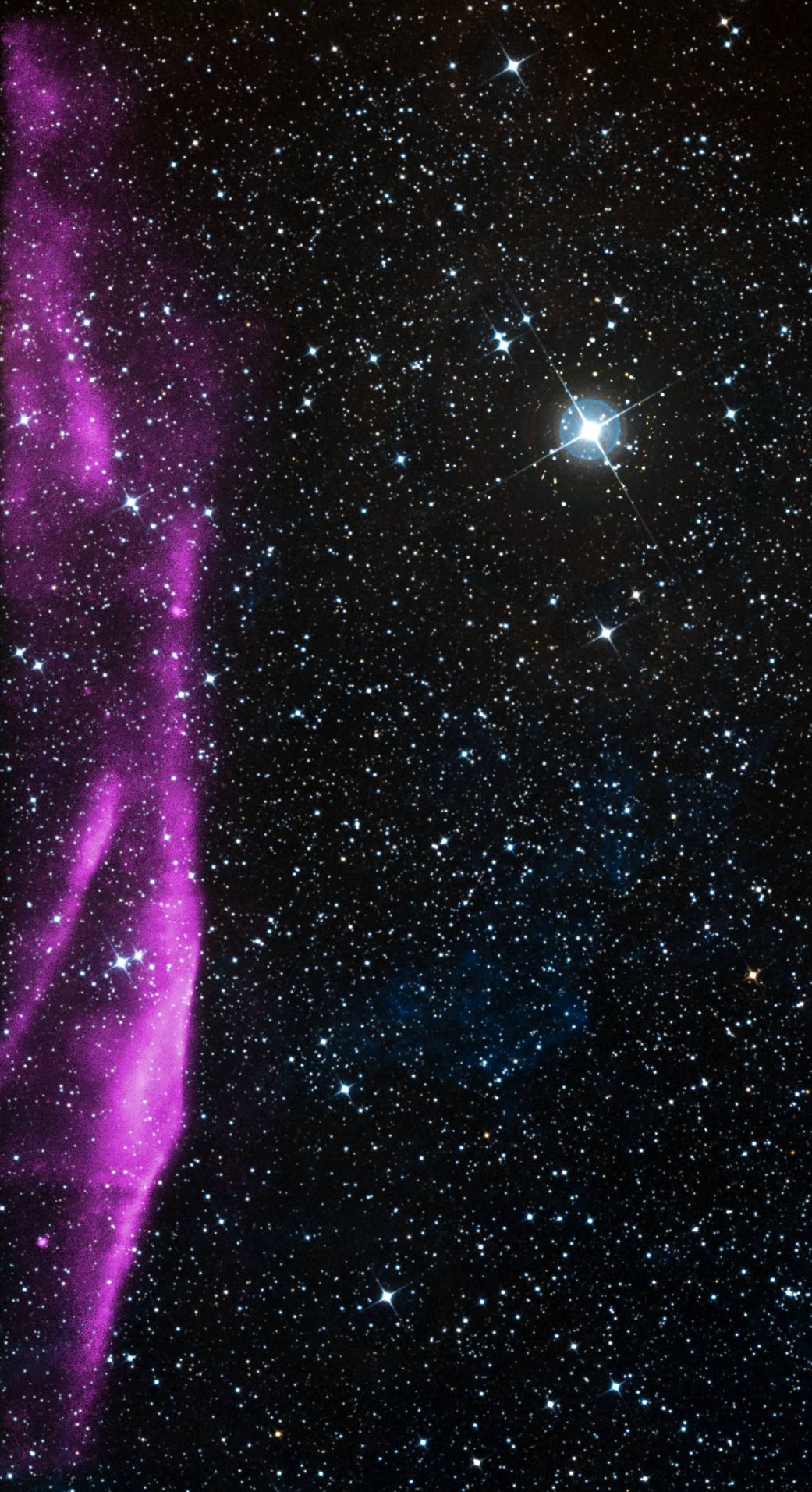Search for gravitational waves from 12 young supernova remnants with a hidden Markov model in Advanced LIGO's second observing run

Search for gravitational waves from 12 young supernova remnants with a hidden Markov model in Advanced LIGO’s second observing run
LIGO observations from 2016 – 2017 (Observing Run 2, or O2) are publically available for all astronomers. A team of researchers at the University of Melbourne use specialized signal processing techniques to search the data for continuous waves, an as-yet-undiscovered form of gravitational waves.
Citation
Millhouse, Strang & Melatos (2020), Search for gravitational waves from twelve young supernova remnants with a hidden Markov model in Advanced LIGO’s second observing run, Phys. Rev. D 102, 083025 arxiv.org/abs/2003.08588
Abstract
Persistent gravitational waves from rapidly rotating neutron stars, such as those found in some young supernova remnants, may fall in the sensitivity band of the Advanced Laser Interferometer Gravitational-wave Observatory (aLIGO). Searches for these signals are computationally challenging, as the frequency and frequency derivative are unknown and evolve rapidly due to the youth of the source. A hidden Markov model (HMM), combined with a maximum-likelihood matched filter, tracks rapid frequency evolution semicoherently in a computationally efficient manner. We present the results of an HMM search targeting 12 young supernova remnants in data from Advanced LIGO’s second observing run. Six targets produce candidates that are above the search threshold and survive predefined data quality vetoes. However, follow-up analyses of these candidates show that they are all consistent with instrumental noise artifacts.
Acknowledgements
In addition to the references and acknowledgements in the paper, this summary page acknowledges the following additional resources:
- Cover image: X-ray: NASA/CXC/Morehead State Univ/T.Pannuti et al, Optical: DSS, accessed via wikipedia
